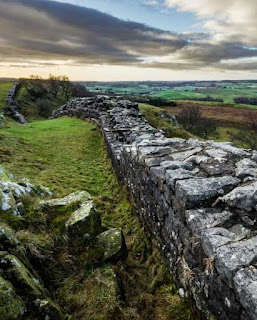Recently, I had an opportunity to travel to California. This was going to be a short overnight trip and I was going solo. That freed me considerably in scheduling my activations. I was flying into John Wayne International in Orange County around 11:00 am. The wedding reception I was attending was at 6:00 pm and the hotel room was only available at 4:00pm.
On the day before the travel, I decided to take my KH-1 with me as that is the only radio that will fit in my luggage for this trip. I looked around the maps and found that Crystal Cove State Park was about 15 miles from the airport. Since I had a rental car, that made it easy. My plan was to pick up the rental and head straight on to the park. I decided to walk along the beach trails and see if I can get an activation at the same time.
The flight out to California and the rental pickup went according to plan. The three hour time difference between the east coast and the west meant that I was ravishingly hungry. I stopped by at a Subway near the park and picked up a footlong.
To say the park was beautiful would be an understatement. The weather was a near perfect 78F (26C) . The skies were clear and a beautiful breeze blowing.
I picked a trail that would put me on the beach. I readied my KH-1 and spotted myself on the POTA website. Then I started CQs as I started to walk along the trail. My walk along the trail led to increasingly beautiful views. But the sitrep for the activation was not good. Even after about half an hour of calls; there were no takers. I decided to pack it in.
As far as busted activations go the situation could not have been better. Ten contacts or more would have been the ideal situation. However, having no contacts means I do not have to log it to the POTA website. My POTA record(?) will not be tarnished (gasp!) with yet another busted activation! I thoroughly enjoyed the walk and the scenery could not have been more uplifting. You will find a few pictures below and I hope you would agree with me.
 |
| Boardwalk at Crystal Cove |










